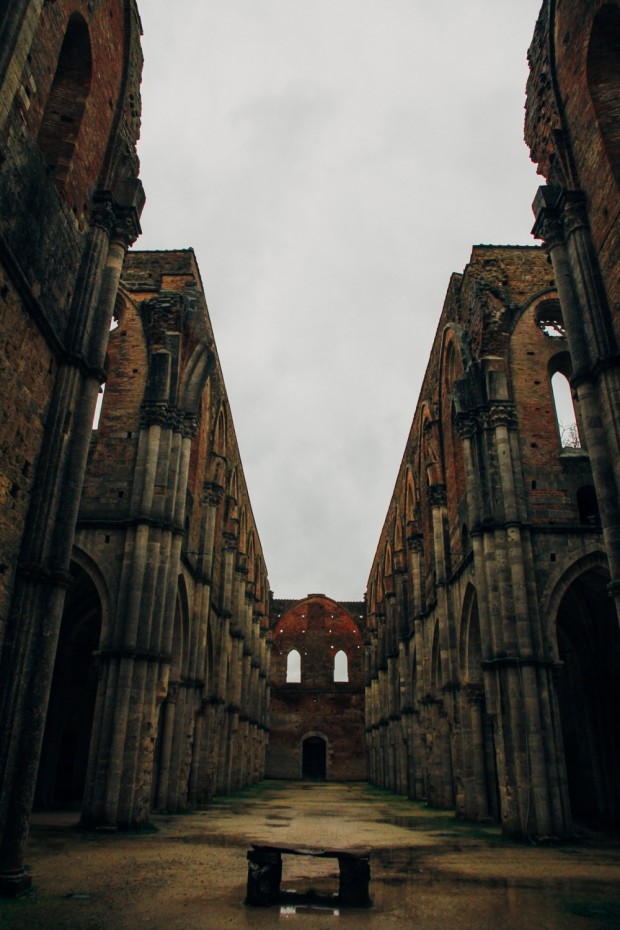Photo : pexels.com
Pompeii is possibly the most famous site in the world when it comes to archeology. This is the first place where the most wee-preserved proof of history is found. There has never been a site as suggestive as that of Pompeii. The amazing resort of the Roman Empire was buried under the ash and lava straight from Mount Vesuvius during the downfall of 670 AD.
Pompeii as a Flourishing Community
Pompeii is located in Campania, an area known in Italy. At the time of its devastation, Pompeii has a booming commercial port at the mouth of the Sarno River in southwestern Italy, on the southern flank of active Mountain of Vesuvius. With the help of archeology, Pompeii artifacts have been discovered. There are these known buildings, preserved basilicas covered with ash falls and mud. The vicinity contained many streets and temples. The hotels, food vendors, and other places were revealed within the city walls.
But the things that fascinate the people today are the remorseful images of human bodies that seem to suffer in the eruption.
Archaeology
Pompeii is a perfect site for archeology. It plays an important past in the history of archeological works. In fact, it was among the earliest of archaeological diggings, excavated into by the Bourbon rulers of Naples and Palermo way back 1738.
The pioneer archeologists who were sent in Pompeii are Karl Weber, Johann-Joachim Winckelmann, and Guiseppe Fiorelli. Emperor Napoleon Bonaparte had an extreme amazement with archaeology and was the one to seek responsibility how the Rosetta stone end up in the British Museum.
Years between 1995 and 2006, modern research was done at the site and other areas affected by the Vesuvian eruption. They targeted the place known as Regionn VI. There are several sections of the city which left unexcavated for the future scholar with new techniques and historical opportunities.
Also Read: Archaeologists Finally Found The Knights Templar's Underground Tunnels in Israeli City
Dating the Eruption and an Eyewitness
Romans have seen the enormous eruption of Mt. Vesuvius. Neighboring areas may have watched them from a safe distance but one early naturalist named Pliny (the Elder) watched while he assisted refugees to evacuate on the Roman warships under his charge. Pliny the Elder died during the eruption but Pliny the Younger, his nephew, which happened to be 30 kilometers away, survived from the tragedy. He wrote letters about what happened and it was the proof from an actual eye-witness.
The historical date of the eruption is August 24th. Maybe it was the date written s in Pliny the Younger's letters. But in year 1797, archeologist Carlo Maria Rosini, cannot corroborate the traditional date on the basis of the remains of autumn fruits he found at the location, like chestnuts, figs, pomegranate, raisins, and pine cones.
If only Pliny's letter had survived, we will not be left with this ever questioning mind. But unfortunately, we only have copies that might not contain the original info. New assigned archeologist in 2008, Rolandi and colleagues, proposed a date of October 24th for the eruption of the Mount Vesuvius.









